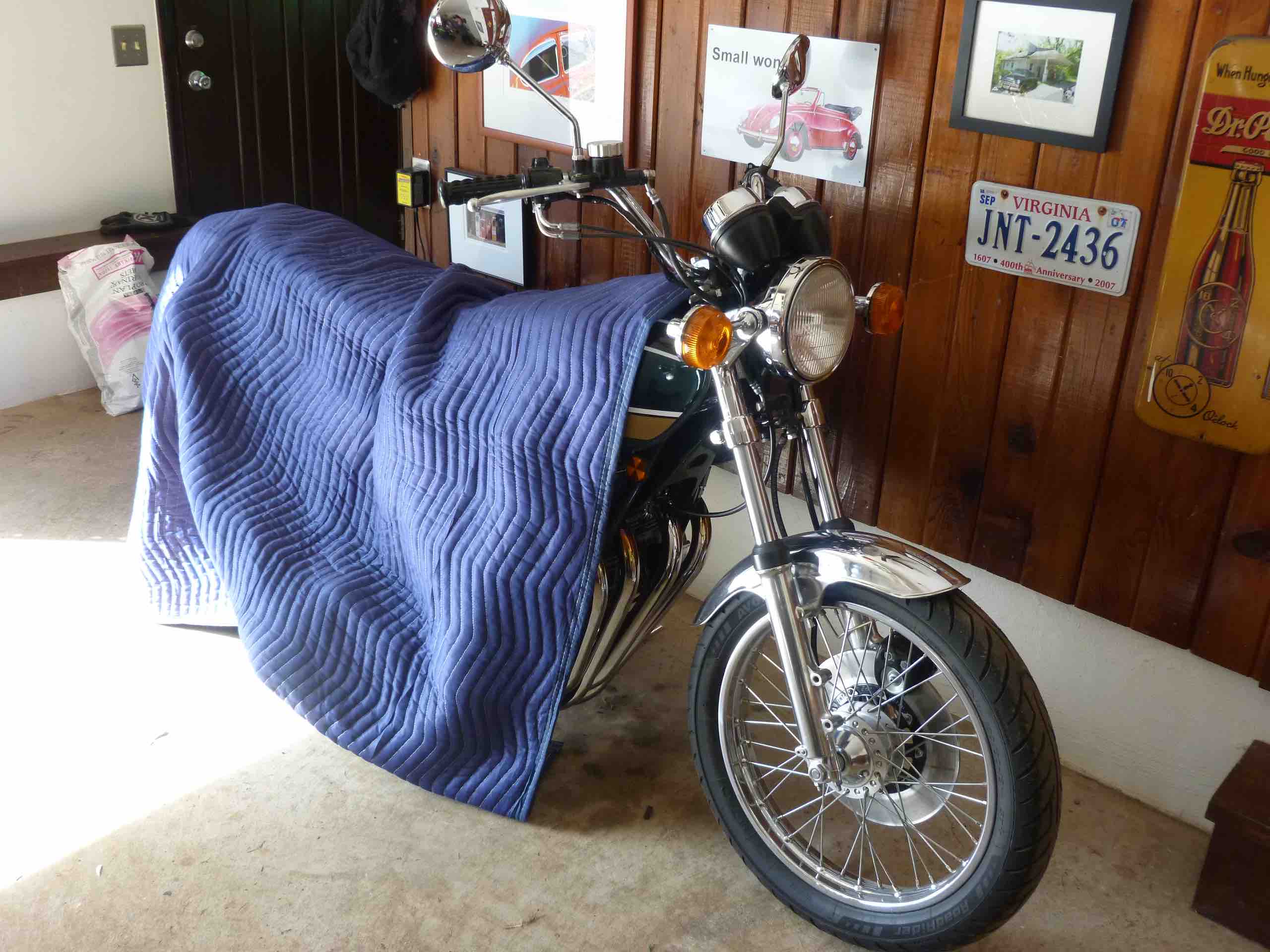Wayne’s World immortalized the AMC Pacer,  a car which defined the 1970s even more than a Bee Gees 8-track, the “Farrah” hairstyle, or the leisure suit. In fact, wearing a leisure suit and listening to a Bee Gees 8-track while driving a chiffon-yellow Pacer with wood panel accents to your job as assistant manager of the local McDonalds is perhaps the ultimate 1970s experience. You just had to be careful not to slide onto the optional “genuine Levi seat coverings” on a sunnyJuly day while wearing shorts; those “genuine” copper rivets could get real hot, real fast.
a car which defined the 1970s even more than a Bee Gees 8-track, the “Farrah” hairstyle, or the leisure suit. In fact, wearing a leisure suit and listening to a Bee Gees 8-track while driving a chiffon-yellow Pacer with wood panel accents to your job as assistant manager of the local McDonalds is perhaps the ultimate 1970s experience. You just had to be careful not to slide onto the optional “genuine Levi seat coverings” on a sunnyJuly day while wearing shorts; those “genuine” copper rivets could get real hot, real fast.
Richard Teague — AMC’s vice president of styling — had intended great things for the Pacer. For instance, it had been planned as a thoroughly modern front-wheel-drive car, to maximize packaging efficiency and reduce the curb weight, which would improve fuel economy and also make the car feel more nimble. Power was to come from an efficient and ultra-compact rotary engine tied into a compact FWD transaxle to maximize interior space. Using this layout, engineers could eliminate the need for a separate driveshaft and rear axle assembly. With no hump in the floorpan, three-across seating front and rear – and room for six people – would be possible.
Unfortunately for Teague’s grand vision, when General Motors — which resource-depleted AMC had been counting on to supply the innovative rotary engines — abruptly dropped the project, AMC had to completely reconsider the Pacer’s layout. FWD was out and its own aged and completely conventional (and heavy) in-line six cylinder engine was in. As a result, the only thing “modern” or “innovative” about the car when it hit the showrooms was its unusual Humpty-Dumpty bodywork (supposedly, Teague was inspired by the aerodynamic shape of a football) and expansive exterior glass “greenhouse.” In fact, nearly 40 percent of the car’s exterior surface was glass. On the up side, this made for great visibility, but it also let the sun bake the interior to infernal temperatures that caused early fissures and cracks in the injection-molded plastic dash — and also made it next to impossible for the over-taxed air conditioner (on cars that had it) to make the interior livable on hot summer days. 
Power/performance was anther problem.
With no more than 125 horsepower on tap in its most potent form, the 3,500-lb. Pacer didn’t keep “pace” with very much, either.
Though it sold well at first—145,528 units in 1975—by 1980 that had tanked to just 405 coupes and 1,341 wagons.
It died quietly and unmourned the following year.
Five Fast Facts
The Pacer was built for five years, with about 280,000 units produced, including a wagon version and the “sporty” Pacer X. The Pacer holds the distinction of being the first mass-produced car to use so-called “cab-forward” design later trumpeted by Chrysler Corp.
Randall AMC in Mesa, Arizona, built a handful of modified “Monster Pacers” fitted with a 6.6-liter 401-cubic-inch AMC V-8 engine in place of the standard 4.2-liter in-line six.
AMC advertising claimed: “You only ride like a Pacer if you’re wide like a Pacer.” (The entire ad department would later be tranquilized, tagged, and released in the Northwest Territories.)
An unusual (and unique) Pacer design feature was that the passenger side door was four inches longer than the driver’s side door.
Country Western singer Conway Twitty once owned a customized yellow Pacer with his initials stitched into the steering wheel. (In later years it was uncertain who was more embarrassed to admit this, Conway or the Pacer.) 
Excerpted from “Automotive Atrocities” (MBI, 2004) http://www.amazon.com/s/ref=nb_sb_noss?url=search-alias%3Daps&field-keywords=Automotive+Atrocities&x=0&y=0









